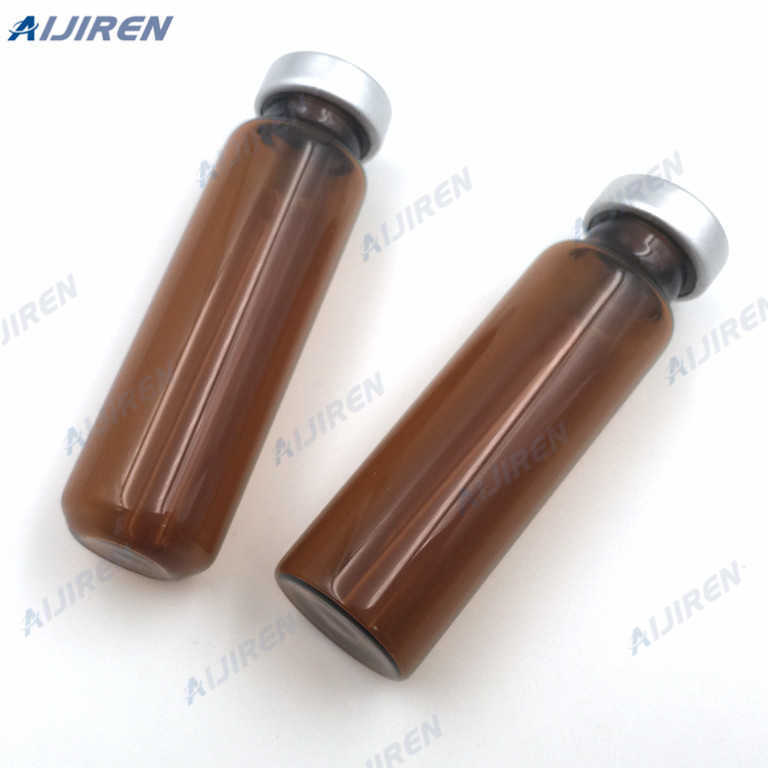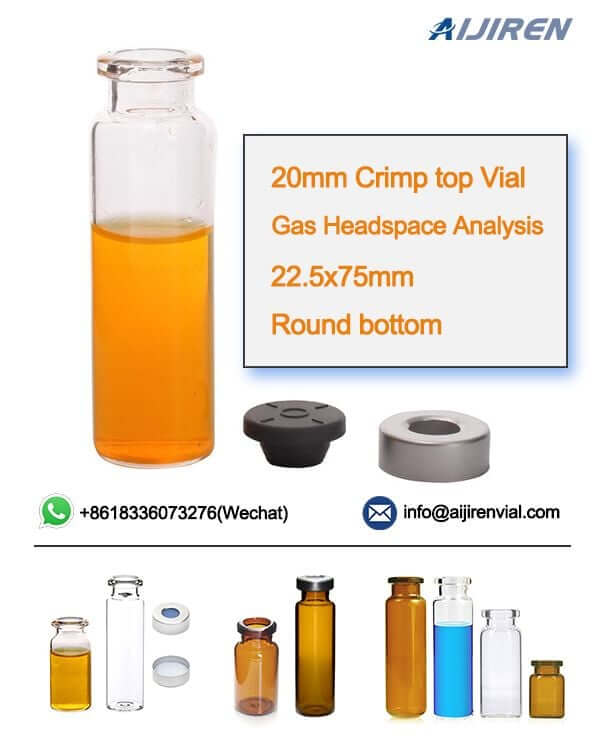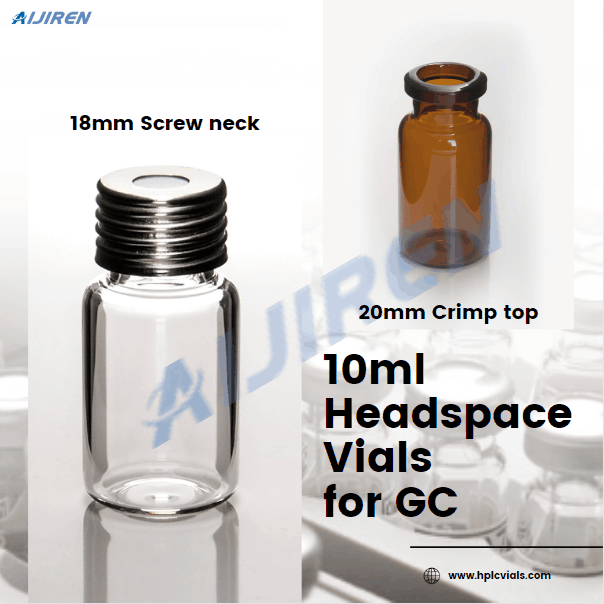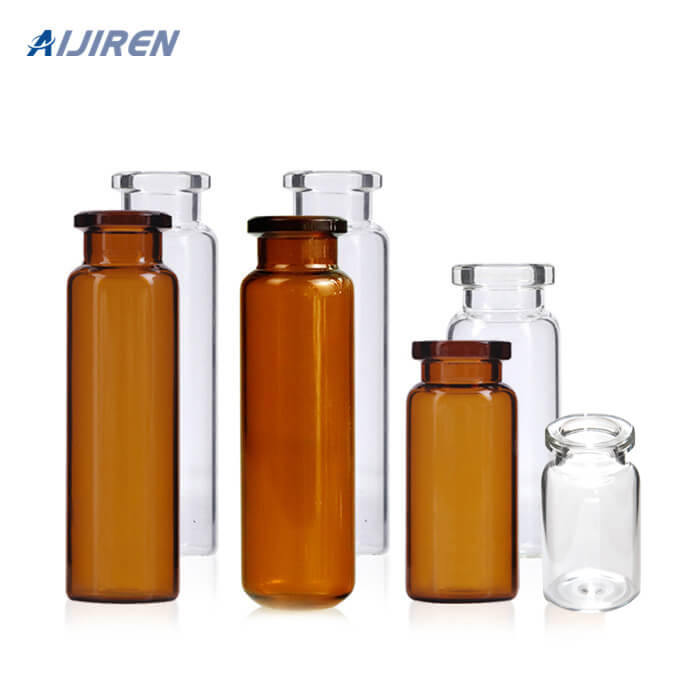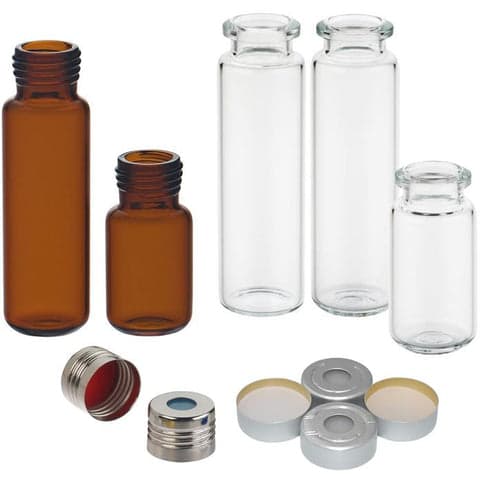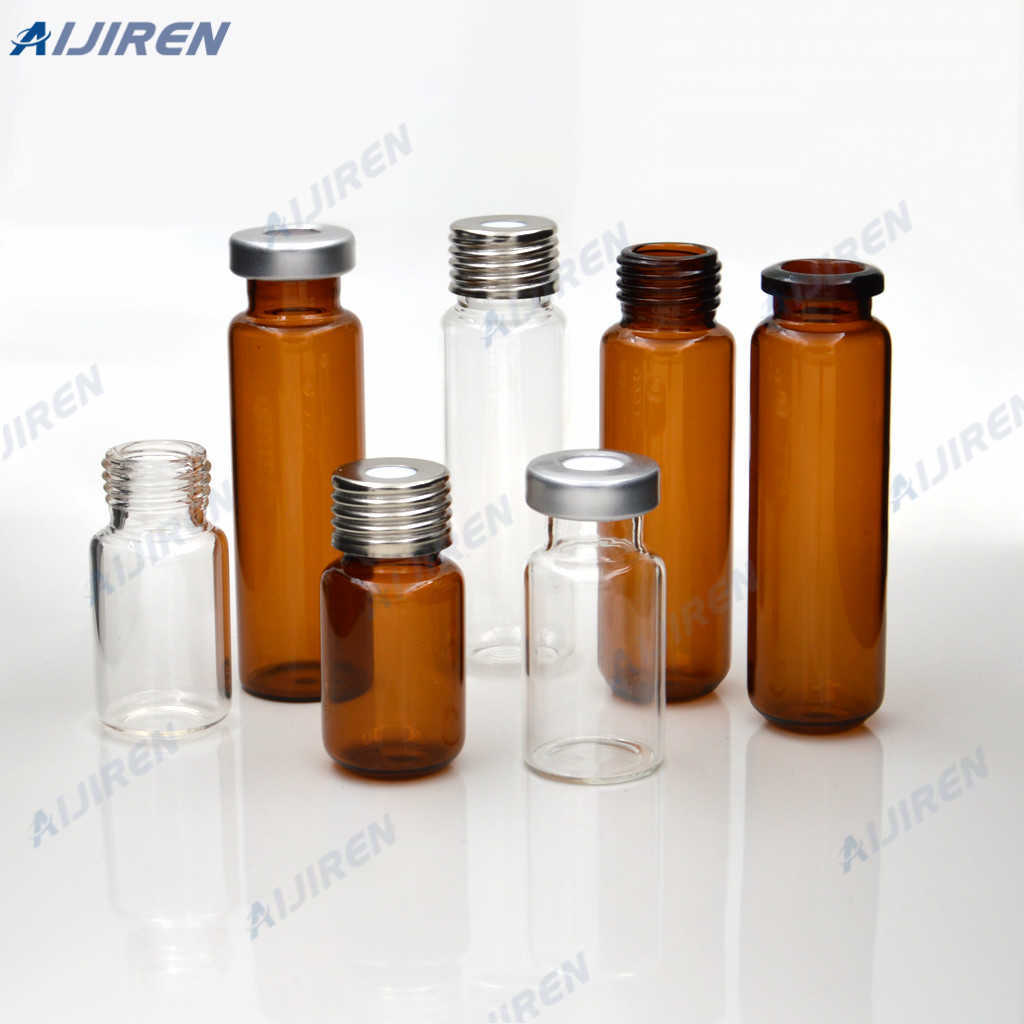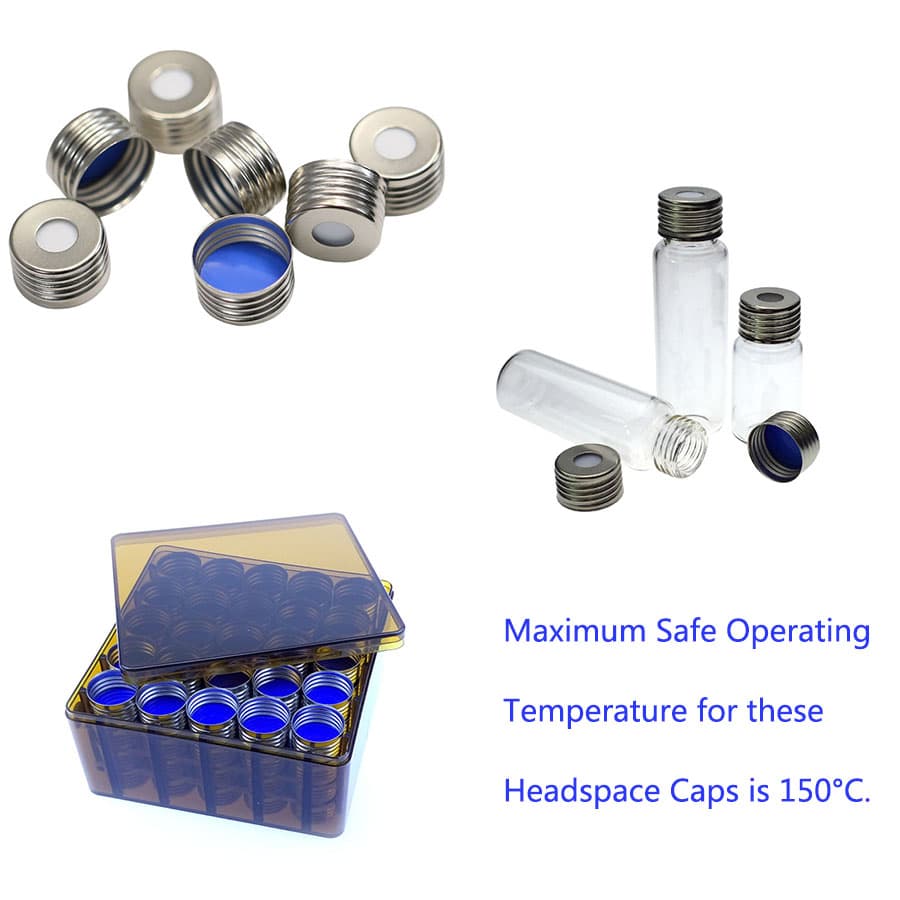What is the pressure rating of Aijiren headspace vials and caps?
Headspace vials are designed to withstand high internal pressure, therefore all Aijiren brand headspace vials have a wall thickness of 1.2mm for added safety, thus it is assured that the vial will not burst.
Capacity (mL): 20
Diameter (mm): 23
Height (mm): 75
Quantity: 100
Base Style: Round Bottom
Finish: Beveled Edge
Color: Clear
Marking Spot: NO
Aijiren, a renowned manufacturer of laboratory equipment, is known for its high-quality headspace vials and caps designed to meet the demanding needs of analytical and research applications. One crucial aspect of these vials and caps is their pressure rating, which plays a significant role in ensuring sample integrity and safety during analysis.
Headspace vials are designed to withstand high internal pressure, therefore all Aijiren brand headspace vials have a wall thickness of 1.2mm for added safety, thus it is making sure that the vial will not burst.
Understanding Pressure Rating
The pressure rating of headspace vials and caps refers to the maximum pressure they can withstand without compromising the integrity of the sample or risking leaks. In headspace analysis, samples are typically heated, which causes the analytes to vaporize and form a gaseous phase in the headspace of the vial. This increase in temperature can lead to a rise in pressure inside the vial.

Pressure Rating of Aijiren Headspace Vials
Aijiren offers headspace vials with different pressure ratings to cater to various application requirements. Standard headspace vials typically have a pressure rating of around 600 to 1000 kPa (kilopascals), which is equivalent to approximately 87 to 145 psi (pounds per square inch). These vials can handle the pressure generated during the heating process and maintain sample integrity during the analysis.
Factors Affecting Pressure Ratings
Wall Thickness: Thicker walls, such as the 1.2 mm thickness found in vials, offer greater resistance to internal pressure.
Vial Design: Rounded bottoms and shoulders are more sturdy, allowing for even heating and safer operation at high temperatures.
Sealing Mechanism: Pressure-relief features in caps can help manage high pressures. Crimp caps with beveled tops provide a tighter seal due to a reduced sealing surface between the crimp and glass.
Considerations for Pressure-Sensitive Samples
Researchers and analysts working with pressure-sensitive samples must pay close attention to the pressure rating of the vials and caps they use. Using vials and caps with a pressure rating below the pressure generated during the analysis can lead to sample loss, compromised results, or even vial rupture. It is essential to select the appropriate headspace vials and caps with a pressure rating that exceeds the maximum pressure anticipated during the analysis.
Contrary to popular belief, the seal and not the vial represents the weakest part of the entire system. Under pressure, the septa will bulge against the aluminum cap with such a force that the cap is torn apart. It has been reported that some of our vials with a pressure relief cap system will hold up to 10 bars but most will break up at 10 bars with no pressure relief system in place.














